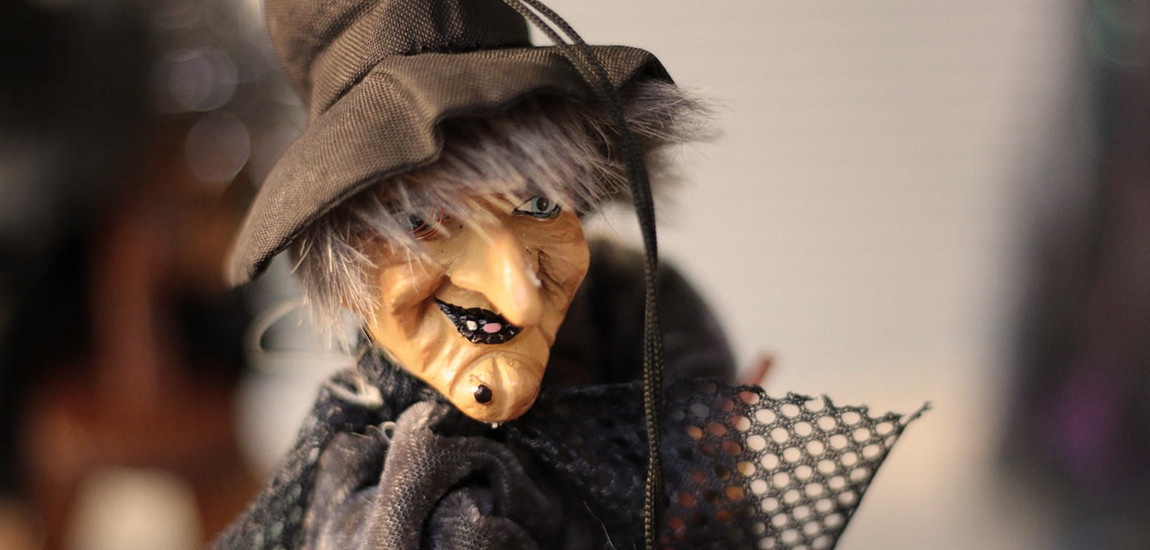
La Befana has arrived!
“La Befana vien di notte
con le scarpe tutte rotte
con le toppe alla sottana:
Viva, viva la Befana!”
(“The Befana comes at night/with shoes all broken/with patches on the petticoat:/Long live the Befana!")
Thus the children sing in nursery rhymes describing the Befana. An old woman with a hooked nose, wearing patched clothes, an apron, a shawl and a handkerchief on her head, who flies on a broom and sneaks into the houses at night between the 5th and 6th of January, to fill the stockings hanging from the fireplace with sweets.
It is immediately clear that this character of the folkloric tradition derives from a mixture of different influences. A little bit Santa Claus, a little bit witch, it is difficult to clearly define how and when this character was born.
We know that it originates from pagan traditions linked to agriculture, but over time it has merged with Christian elements, so much so that there is a legend that links the figure of the Befana to the Magi. According to this story, on the road to Bethlehem, Baldassare, Gasparre and Melchiorre stopped to ask an old lady for directions. Once they explained that they were going to pay homage to the birth of the Baby Jesus, they invited her to join them, but she refused. When they were gone, however, the old woman regretted this decision and started looking for them, knocking on every door and giving sweets to all the children, hoping that one of them would be the very child the Magi had told her about.
The term "Befana" derives from the Greek "Epifania" (meaning
"apparition") and it is in fact a figure linked to the Epiphany celebrations,
which brings gifts in memory of those offered by the Magi to the Baby Jesus.
She brings sweets but also charcoal for the children who have been naughty
during the year. And if in modern stockings we find sugar coal, in the past the
coal was the real deal, which was then used for the fireplace.
A similar character exists in other parts of Europe, but the Italian tradition
is certainly the most rooted one, in fact in Italy the Befana is loved by
children almost as much as Santa Claus.
The Befana is loved and a little hated too, because she comes to bring sweets,
but her departure also marks the end of the holidays. It is no coincidence that
we say that Epiphany takes all holidays away!



